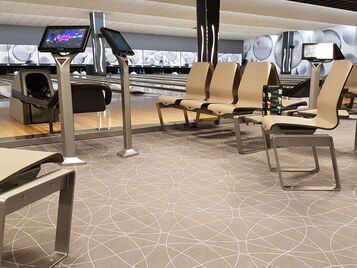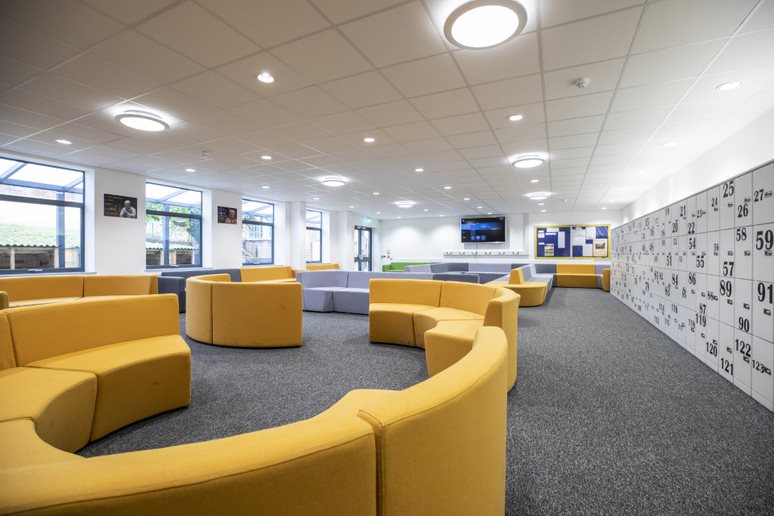Flooring in schools should be hard wearing, designed for heavy footfall, clearly indicative of area as well as having an attractive look and feel. Read on for our guide of very important considerations you need to take into account when choosing flooring for your learning centre to ensure safety, wellbeing and noise levels; and how you can ensure maximum slip co-efficiency to reduce potential accidents.
1. Slip Tests
Let’s start with the most important – safety. The trip rating system, using a variety of different methods, shows consumers how ‘anti-slip’ a particular floor covering is. For example, the pendulum test (created to simulate the point of most slips, the moment of contact when a heel hits the floor), show a high slip potential rating of 0-24; moderate is 25-35 and low is above 36. With areas that are accessible by slopes or non-flat transition spaces, the ramp test gives the classification in ‘R’ ratings against slip angles with the higher rating again indicating the safest floor covering. Envoplan’s floor coverings give you a choice of designs and textures but always with maximum slip resistance for the health and safety of all your staff, students and visitors.

2. The Law On Slips And Trips
Slips and trips cause up to 40% of all reported major injuries (Health and Safety Executive); you as an employer are required by law (Health and Safety at Work Act 1974) to ensure your school minimises the risk of slips and trips by risk assessing them and taking action if needed. Floors must be clean and tidy, kept clear of obstructions and be well maintained, for example fixing leaks and using matting at entrances. You must make sure everyone can walk freely and without fear of accident or being impeded by any blockages which could cause problems with moving around your school.
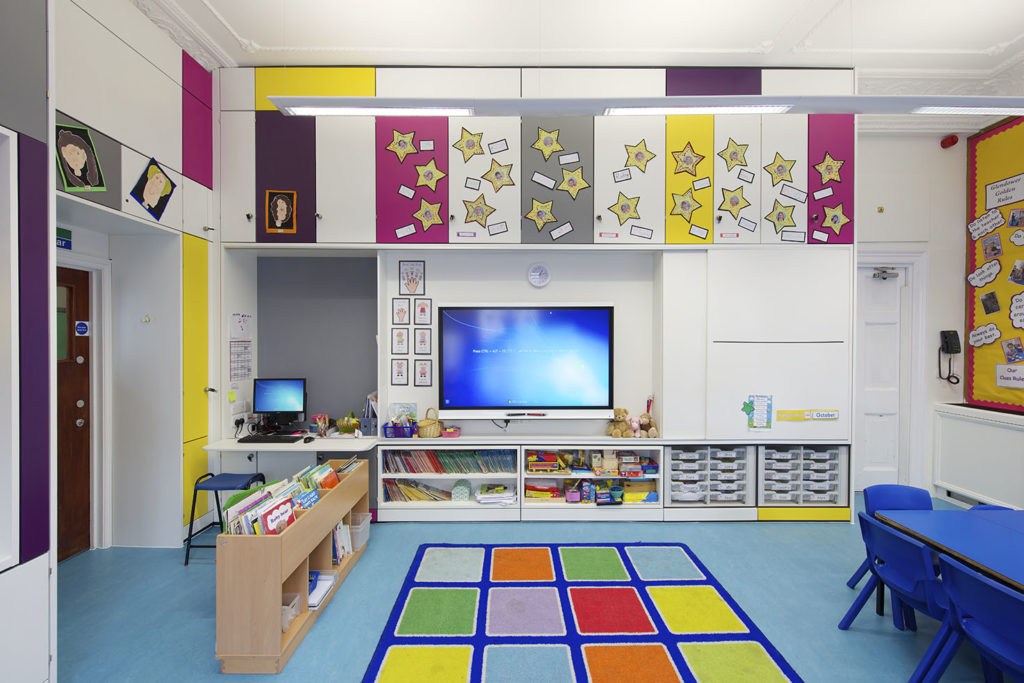
3. Common Issues With Flooring In Schools
If you have any of the following issues please call us immediately:
- Areas that are prone to condensation or wet flooring
- Wires, cables or other technological apparatus that trails on the floor
- High levels of footfall that has worn away tread or anti slip coating
- Tiles curling up at the edges
- Inadequate lighting to see changes in flooring safely
- Edges of steps that are damaged
- Lack of handrails
- Unclear ramps or slopes
- Poor drainage
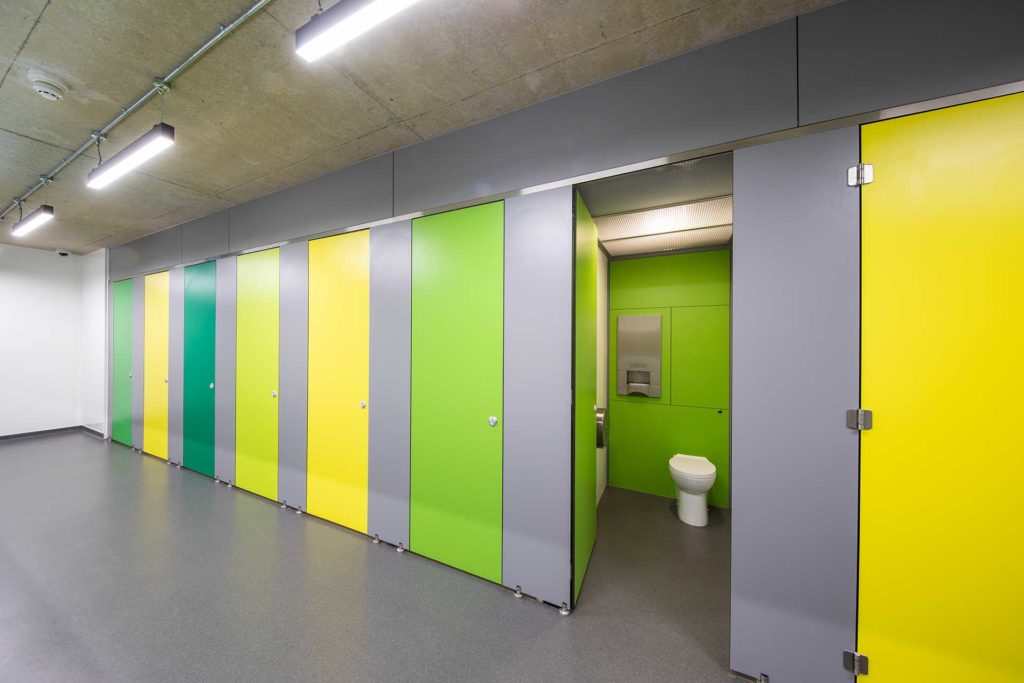
4. So What Is The Best Flooring For Your School?
Envoplan offer a range of slip resistant flooring for your school. Rubber – ideal for high traffic areas – is soft, easy to clean, noise resistant and has a high slip coefficiency. Luxury Vinyl Tile (LVT) is another option with a wider range of designs and with added underlay to minimise sound. Moisture resistant carpet can be installed as tiles (less waste) or as broadloom roll (fewer seams). Our experienced designers work with you to ensure you have the best flooring available to keep everyone free from slips and trips in your school.
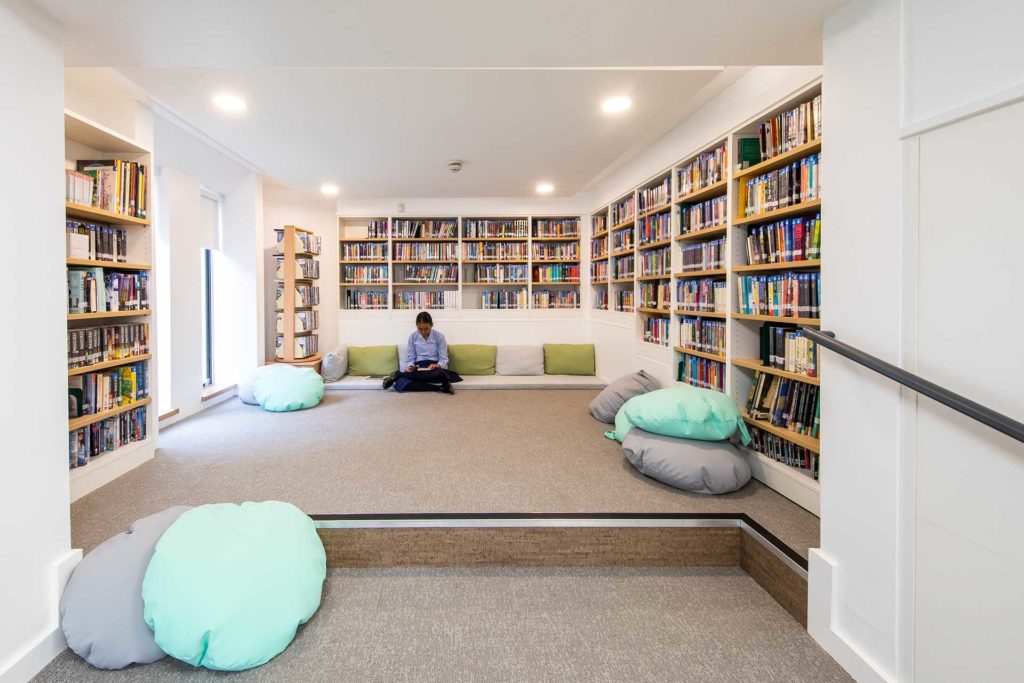
5. Finally…Have We Mentioned Flotex?
If you’re looking for all of the above in an anti-allergenic and slip resistant range that can withstand high traffic and heavy footfall, Flotex could be the answer. Perfect for any areas in school that are very busy, Flotex comes in a range of long lasting, hardwearing and easy to clean formats including tile, plank and sheet and is made of up to 49% recycled materials so it’s good for the environment too. With a choice of over 500 colours and styles – or you can even create your own bespoke design – we can even show you visuals of how your new flooring will look via Forbo’s Flotex room shots.
Contact the flooring experts at Envoplan to find out more.
